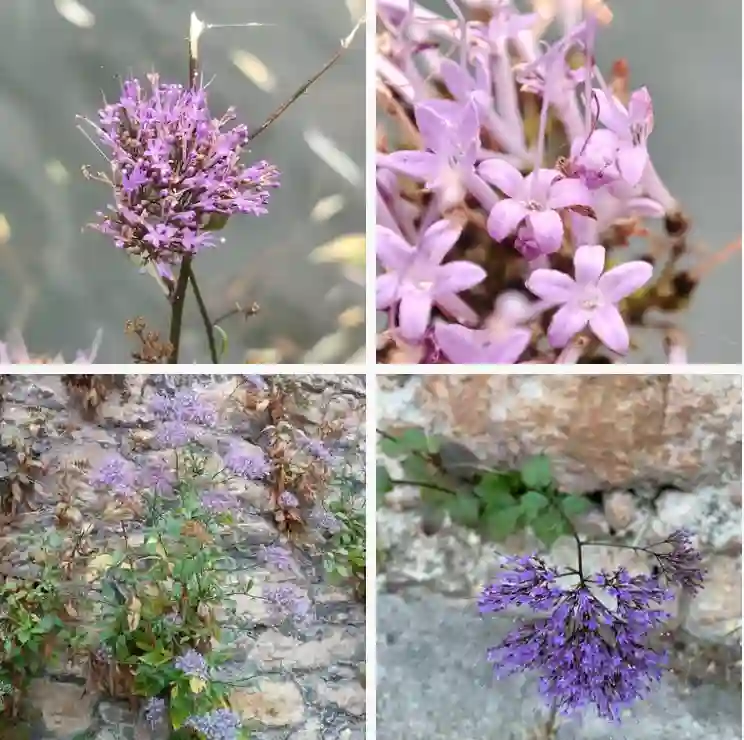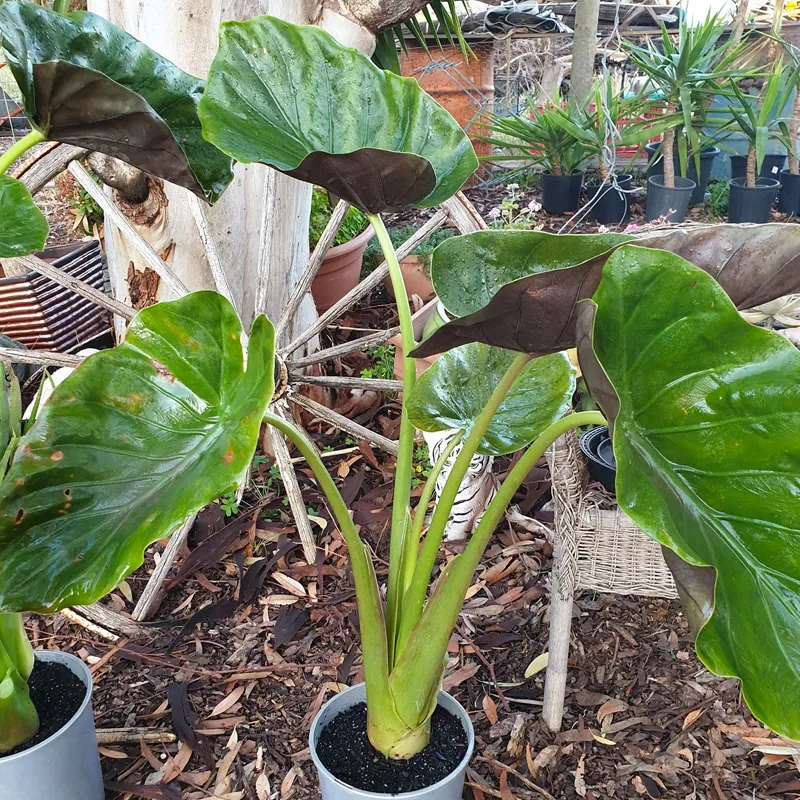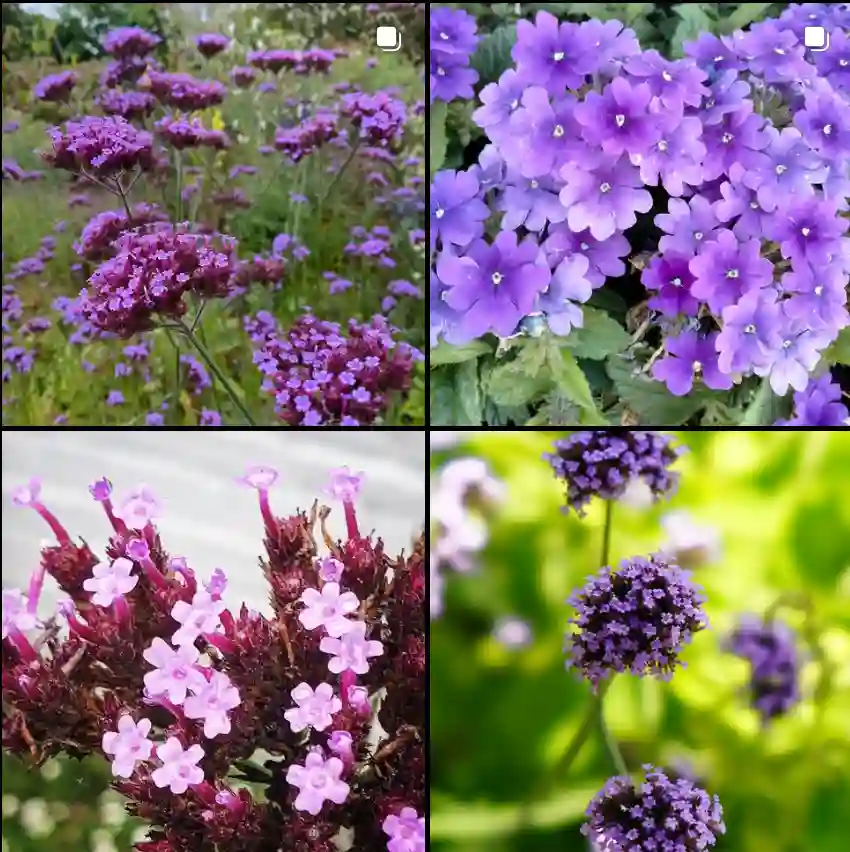Phalaenopsis Violacea: Unveiling the Secrets of the Violet Orchid
Greetings, orchid enthusiasts! I’m Ferb Vu, and today, we delve into the captivating world of Phalaenopsis Violacea, also known as the Violet Orchid. This stunning bloom boasts mesmerizing violet-hued flowers, making it a coveted addition to any indoor garden. But beyond its beauty lies a fascinating story waiting to be unearthed. So, grab your metaphorical trowel, and let’s explore the depths of Phalaenopsis Violacea care!
89 Species in Genus Phalaenopsis
Phalaenopsis Violacea vs Bellina
Phalaenopsis Violacea has been a joy to grow, with its vibrant purple hues and fragrance that fills my living space, while Phalaenopsis Bellina‘s unique green and purple flowers add an exotic touch to my collection, and its slightly sweeter scent makes it a favorite.
How to care for Phalaenopsis Violacea?
Light: Illuminating the Path to Growth
Phalaenopsis Violacea thrives in a world bathed in gentle, indirect light. Imagine a spot near a north-facing window where the sun’s rays peek in but never scorch. Direct sunlight can be detrimental, leading to wilting and burnt leaves. Remember, these orchids hail from the dappled shade of tropical rainforests, not the harsh glare of midday sun.
Here’s a tip: Observe your orchid throughout the day. If leaves turn a pale yellow or show brown spots, it’s receiving too much light. Conversely, if the plant stretches excessively or fails to flower, it might be yearning for brighter indirect light.
Watering: Finding the Perfect Balance
Watering is an art form when it comes to Phalaenopsis Violacea. Unlike cacti that revel in drought, these orchids prefer consistently moist (not soggy) roots. The key is to find the watering frequency that suits your environment and pot type. Here’s a general guideline:
- Potting Medium: Orchids are often potted in sphagnum moss, which dries out quickly. Feel the moss with your fingers – if it’s dry to the touch, it’s watering time.
- Season: Warmer temperatures lead to increased evaporation, so you might need to water more frequently during summer.
- Climate: Homes with dry air necessitate more frequent watering to maintain humidity.
Here’s a bonus tip: Avoid using tap water, as it often contains minerals that can harm the orchid. Opt for filtered or rainwater instead.
Temperature: Creating a Tropical Paradise
Imagine a warm, humid haven – that’s the ideal temperature range for Phalaenopsis Violacea. Aim for daytime temperatures between 75-78°F (24-26°C) and nighttime temperatures no lower than 66-68°F (19-20°C). These orchids don’t appreciate drastic fluctuations, so consistency is key.
Compared to other Phalaenopsis varieties: Most Phalaenopsis hybrids tolerate a wider temperature range. However, Phalaenopsis Violacea leans towards the warm-growing side, so keep that in mind if you have other Phalaenopsis in your collection.
Humidity: Mimicking the Rainforest’s Embrace
Phalaenopsis Violacea hails from rainforests, so naturally, it craves humidity. Ideally, aim for a humidity level between 60-70%. Here are some ways to achieve this:
- Pebble Tray: Place your orchid pot on a tray filled with pebbles and water. As the water evaporates, it increases humidity around the plant.
- Group Orchids Together: Clustering your orchids creates a microclimate with higher humidity.
- Humidifier: If your home is particularly dry, consider using a humidifier to maintain optimal moisture levels.
Compared to other houseplants: Many common houseplants, like Snake Plants or ZZ Plants, tolerate lower humidity levels. Phalaenopsis Violacea, however, requires that extra TLC when it comes to moisture.
Fertilizing: Nourishing for Vibrant Blooms
While Phalaenopsis Violacea isn’t a heavy feeder, a balanced fertilizer can encourage healthy growth and vibrant blooms. Here’s what to remember:
- Frequency: During the active growing season (usually spring and summer), fertilize once a month with a diluted orchid fertilizer.
- Type: Opt for a balanced fertilizer formulated specifically for orchids. Avoid fertilizers with high nitrogen content, as this can promote excessive foliage growth at the expense of flowers.
- Winter Dormancy: Reduce or stop fertilization during the winter months when the plant enters a resting period.
Compared to other flowering plants: Many flowering houseplants benefit from regular fertilization throughout the year. With Phalaenopsis Violacea, focus on feeding during active growth and ease off during dormancy.
Common Problems and Solutions: Keeping Your Orchid Thriving
Even the most dedicated orchid enthusiast might encounter occasional challenges. Here are some common issues with Phalaenopsis Violacea and solutions to get your orchid back on track:
- Drooping or wrinkled leaves: This often indicates dehydration. Increase watering frequency or humidity levels.
- Brown spots on leaves: This could be caused by sunburn, bacterial infection, or fungal disease. Examine the leaves closely. If it’s sunburn, move the orchid to a location with less direct light. For bacterial or fungal issues, isolate the orchid and treat it with a fungicide or bactericide specifically formulated for orchids.
- Flowers failing to open or dropping buds: This might be due to stress factors like temperature fluctuations, insufficient light, or underwatering. Review your care routine and ensure you’re providing the optimal environment for blooming.
- No blooms: Several factors can influence blooming. Ensure proper light (indirect), consistent watering and fertilizing during the growing season, and consider a temperature drop at night to stimulate flower initiation.
- Mealybugs or other pests: These sap-sucking insects can weaken your orchid. Look for signs of infestation like white cottony patches on leaves or stems. Isolate the plant and treat it with insecticidal soap or neem oil solution.
Compared to other flowering plants: While many flowering plants are susceptible to similar issues, some might require different treatment approaches. Always research the specific needs of your plant when dealing with pests or diseases.
How to propagate Phalaenopsis Violacea?
Sharing the joy of Phalaenopsis Violacea is a delight. Here’s a simple way to propagate your orchid:
- Division: When repotting a mature Phalaenopsis Violacea with multiple growths, you can carefully divide it into separate plants. Each division should have healthy roots and at least two to three growths.
- Keiki Propagation: Occasionally, a Phalaenopsis Violacea might produce a keiki, a small plantlet that grows on the flower spike. Once the keiki develops its own roots, you can detach it and pot it in a suitable medium.
Compared to other plants: Propagation methods vary greatly between plant types. Some plants can be propagated from stem cuttings, leaf cuttings, or even division, while others require more specialized techniques.
Repotting: Providing a Fresh Start
Over time, the potting medium in your Phalaenopsis Violacea might degrade and need replacing. Here are the signs it’s time to repot:
- Roots outgrowing the pot: If roots are circling the pot or spilling out of the drainage holes, it’s time for a bigger home.
- Decomposed potting medium: Sphagnum moss loses its structure over time. If it feels mushy or breaks down easily, repotting is necessary.
Frequency: Repot your Phalaenopsis Violacea approximately every 2-3 years, or when necessary based on the signs mentioned above.
Compared to other plants: Repotting frequency depends on the plant’s growth rate and pot size. Some fast-growing plants might need repotting annually, while slow-growing ones can thrive in the same pot for several years.
By following these tips and providing tender loving care, your Phalaenopsis Violacea will reward you with stunning blooms and years of enjoyment. Remember, a little research and a watchful eye go a long way in ensuring your orchid thrives. Happy growing!
If i die, water my plants!



